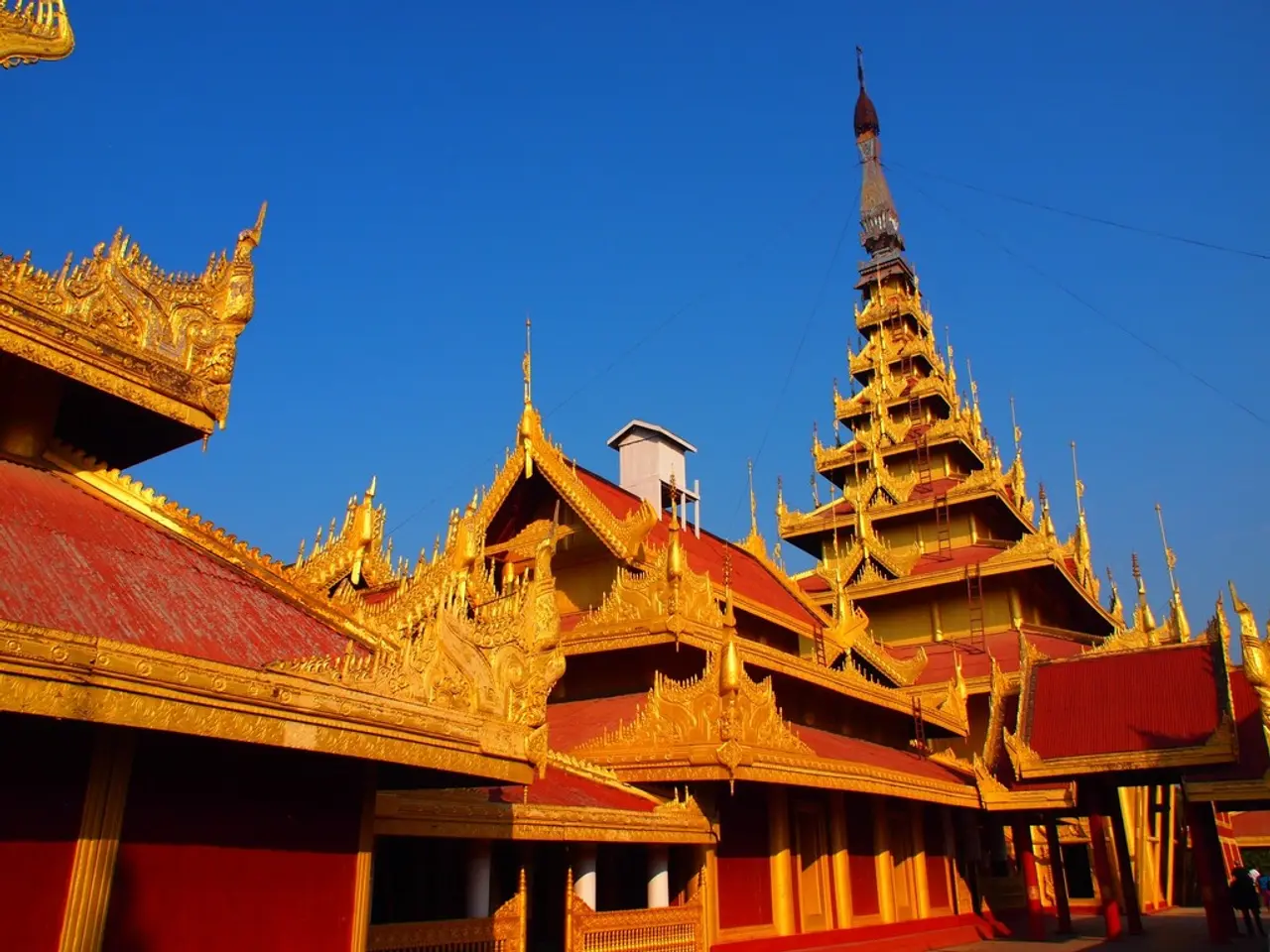Navigating adversity to prosperity: Bangladesh's economic revival post-political changeover
Bangladesh's economy has shown a remarkable resilience and reform since the July uprising last year. The country's GDP grew by about 3.97% in FY2024-25, slightly lower than the previous year, but the overall picture is one of steady progress.
Exports reached around $48.28 billion in FY2024-25, marking an 8.6% year-on-year rise. This growth was primarily driven by the knitwear and woven apparel sectors, which continue to be key contributors to Bangladesh's export economy.
Remittances also reached record highs, with inflows of about $30.33 billion in FY2024-25. In the first month of FY2025-26, remittances rose about 30% year-on-year, providing a significant boost to the economy.
The reforms implemented in the economy have allowed banks to price trade finance more reasonably, exporters to face less uncertainty, and remitters to benefit more from using official channels. This has contributed to the stabilization of foreign reserves, with gross reserves in July 2025 between $29.8 and $31.8 billion, and IMF-consistent BPM6 reserves ranging from $24.8 to $26.7 billion across June-July.
To meet the summer demand surge, authorities secured extra LNG shipments and optimized distribution, keeping power cuts less severe than expected. This demonstrates the government's commitment to ensuring energy security for the country.
The economy is projected to exceed $500 billion in FY2025-26. Recent flows and project announcements show recovery in foreign investment, with renewed interest in sectors like energy, logistics, medical technology, textiles, furniture, and Halal food processing.
The government has strengthened its fiscal approach, focusing on energy security, social protection, and key infrastructure. A June 2025 directive to install rooftop solar on public buildings aims to accelerate renewable energy deployment, further demonstrating this commitment.
However, the banking sector entered 2025 with high non-performing loans, about Tk4.20 lakh crore. The exchange rate has been adjusted, with the interbank dollar rate now reflecting market levels, reducing distortions and boosting credibility. This exchange-rate adjustment has also reduced the gap between formal and informal markets, improved dollar liquidity, and eased speculative pressures.
Imran Hossain, a Senior Business Development Manager at Bangladesh Investment Development Authority (BIDA), is available for further information at [email protected]. The World Bank and other partners have expanded programmatic support for climate resilience, grid modernisation, and improvements in service delivery, further supporting the country's economic growth.
Read also:
- Understanding Hemorrhagic Gastroenteritis: Key Facts
- Stopping Osteoporosis Treatment: Timeline Considerations
- Trump's Policies: Tariffs, AI, Surveillance, and Possible Martial Law
- Expanded Community Health Involvement by CK Birla Hospitals, Jaipur, Maintained Through Consistent Outreach Programs Across Rajasthan







